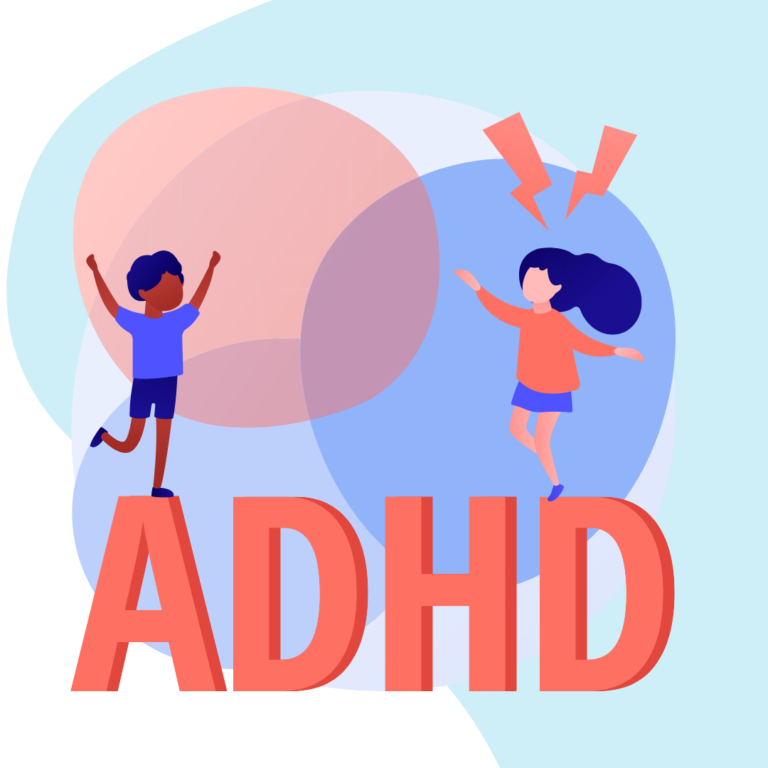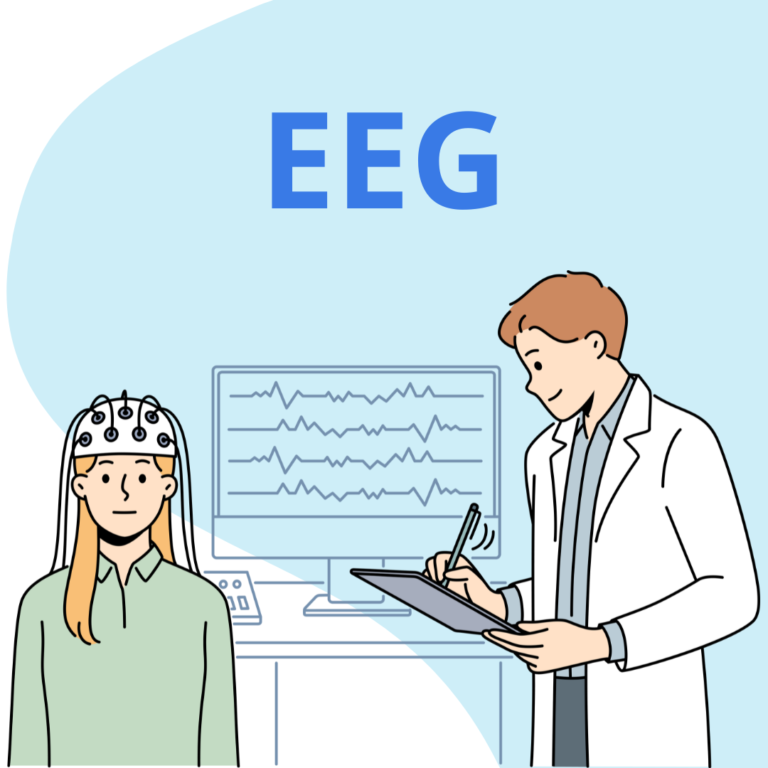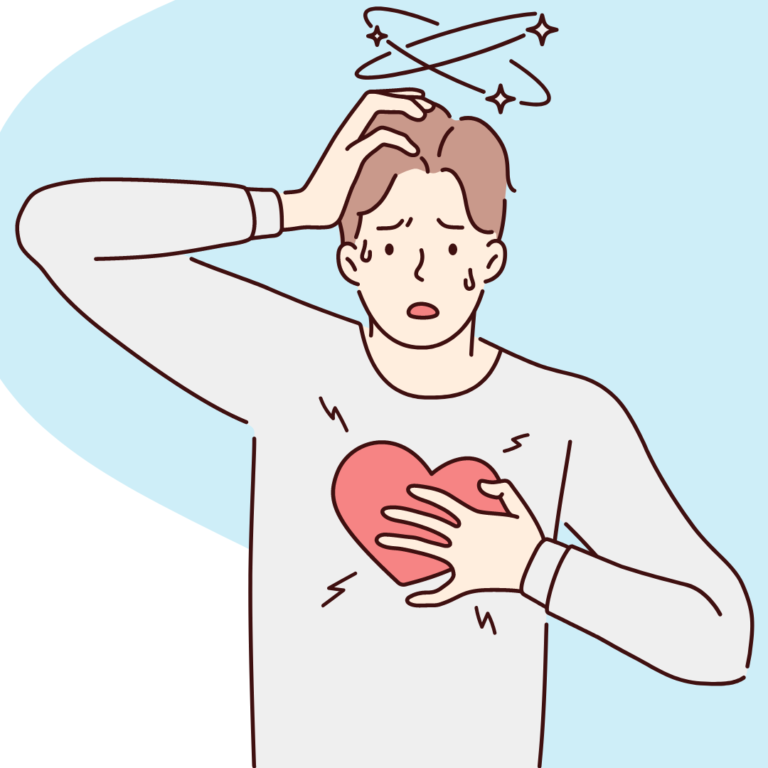Table of contents
What are myoclonus? Symptoms
Myoclonus are brief, sudden seizures characterized by rapid contraction of muscles ¬– usually all of them – which in some cases may lead event to falling; it often causes an object to be knocked out of the hand, and injuries from sudden myoclonic contraction are not uncommon.
What are physiologic myoclonus?
All of us experience physiologic myoclonus, for example sleep myoclonus, experienced as sudden, single or, sometimes, serial, jerks of a whole body during the sleep phase. It’s a physiological reflex, or rather an episode, being a result of decrease in muscle tension, that accompanies falling asleep. A hiccup or characteristic anxiety-induced jerks also fall into the category of physiologic myoclonus.
However, physiologic and pathological myoclonus differ in respect of the mechanisms involved.
Pathological myoclonus
Pathological myoclonus caused by specific discharges that can be seen in an EEG recording (often so-called polyspikes, or polyspikes wave complexes) is a kind of an electrical “short circuit” in a sufficiently large population of neurons. Such a discharge generates both single and serial myoclonus.
- – Three types of so-called generalized-onset seizures (seizures that start all over the brain at the same time)
- Generalized-onset myoclonic seizure – spasms of muscles across the whole body.
- Generalized tonic-clonic seizure – a myoclonic seizure in which a massive myoclonic discharge reaches such an extent that the seizure progresses to a classic tonic-clonic seizure (called grand, or formerly grand-mal).
- Generalized-onset absence seizure with eyelids myoclonus – a type of non-convulsive seizure, in which myoclonus involve only eyelids; frequent symptom of Jeavons syndrome – a type of epilepsy.
- One type of a seizure, in which focal myoclonus occur. Once it was though that there are only “generalized-onset” myoclonus. Nowadays, also the concept that some myoclonus dischargers may affect only one hemisphere of a brain (focal myoclonus) is commonly accepted.
- Focal myoclonic seizure – myoclonus do not occur in a whole body, but only in its part.
Myoclonus as a specific epileptic seizure
Myoclonus can be related to so-called epileptic syndromes – characteristic forms of epilepsy, including one or more types of seizures, together with other symptoms (e.g. impaired psychophysical development, speech impediments, or characteristic age- and gender-specific sequelae).
Such syndromes may sometimes prove severe and drug-resistant – hence comes the infamy of childhood myoclonus. Myoclonus seizures are often related to myoclonic encephalopathy and other dangerous brain diseases (i.e. storage diseases), not so rarely being a characteristic sign of an upcoming disease.
However, there is also a group of mild myoclonus, occurring very often during infancy and early childhood, which resolve idiopathically.
Myoclonus are also an axial symptom (which, however, does not have to occur every time) of a very frequent and rather “uncomfortable” type of epilepsy – juvenile myoclonic syndrome (also known as Janz syndrome). Characteristic features of this syndrome are: serial myoclonus in the morning, very often making even such mundane activities as drinking coffee difficult.
Treatment of myoclonus
When symptoms of myoclonus seizure appear, it is crucial to be diagnosed by a specialist and undergo essential tests as soon as possible: EEG, MRI and, very often, genetic-metabolic. Quick actions and receiving proper tests will enable fast diagnose and prevent the development of unfavorable symptoms. The treatment of myoclonus is usually very difficult and complex, and requires the supervision of an experienced epileptologist.
The medicaments we use in the treatment are 3-4 preparations from over 30 products that are generally used in epilepsy treatment. Other remedies very often either do not work, or may even intensify myoclonus. Here shows the crucial role of a specialist – inadequate treatment may often worsen the course of myoclonus and the condition of a patient, subjecting them to dangerous consequences of seizures.
How we treat myoclonus at Neurosphera.
Neurosphera Epilepsy Therapy Centre uses unique protocols and principles to diagnose and treat myoclonus. We work in such a way that the sum of myoclonus themselves and their treatment provides a patient with as good well-being as possible and enables their proper functioning. It is important to remember that myoclonus are not dangerous seizures and they do not lead to organic brain damage. For that reason, their treatment should not be aggressive and executed “at any cost”. It is sometimes better to allow a certain amount of myoclonus at the expense of eliminating unwelcome side effects resulting from a “too intense” treatment (for example, as in the abovementioned Janz syndrome). An individual plan of action is always crucial, but it’s a topic for a different story!




